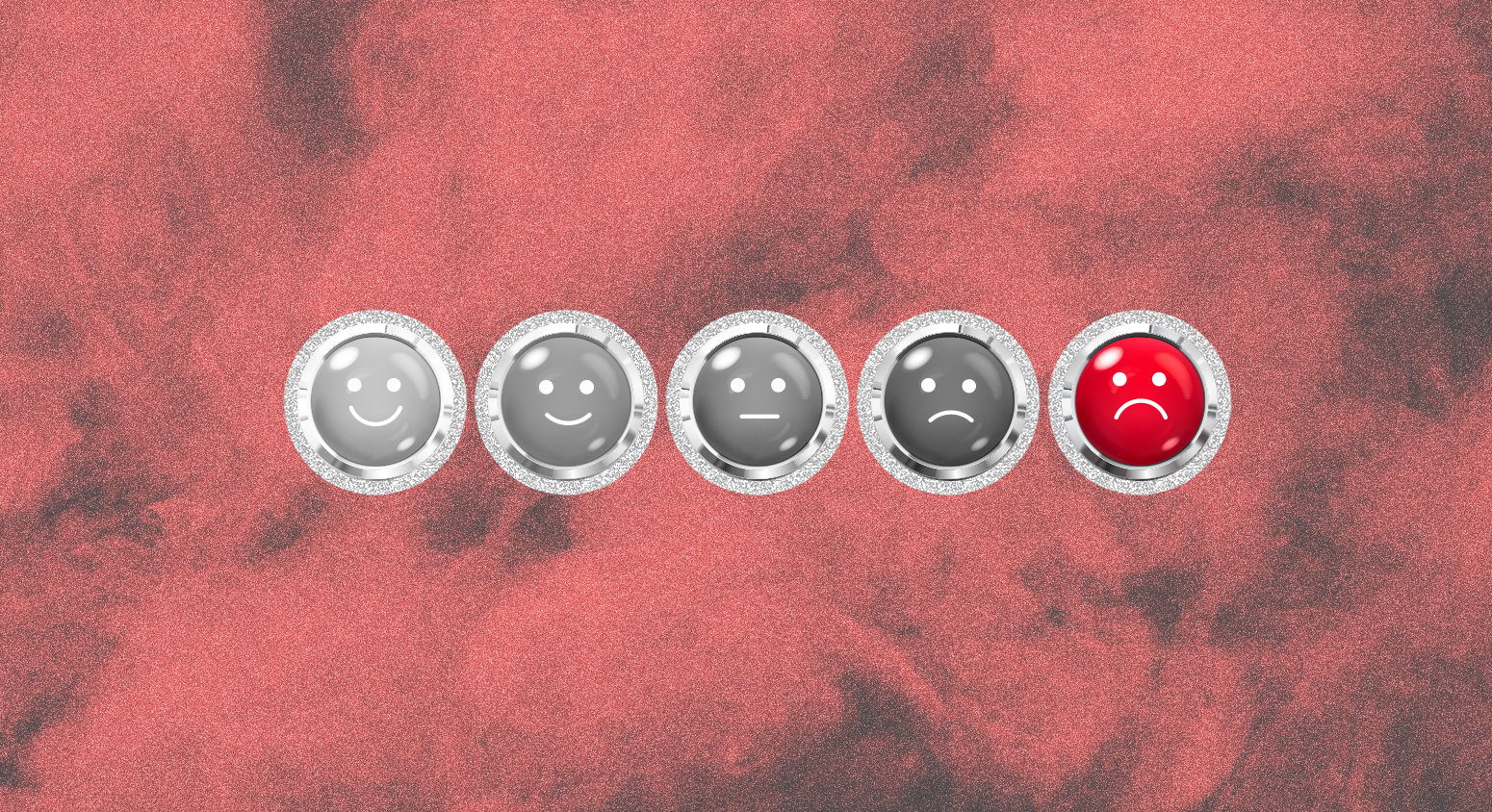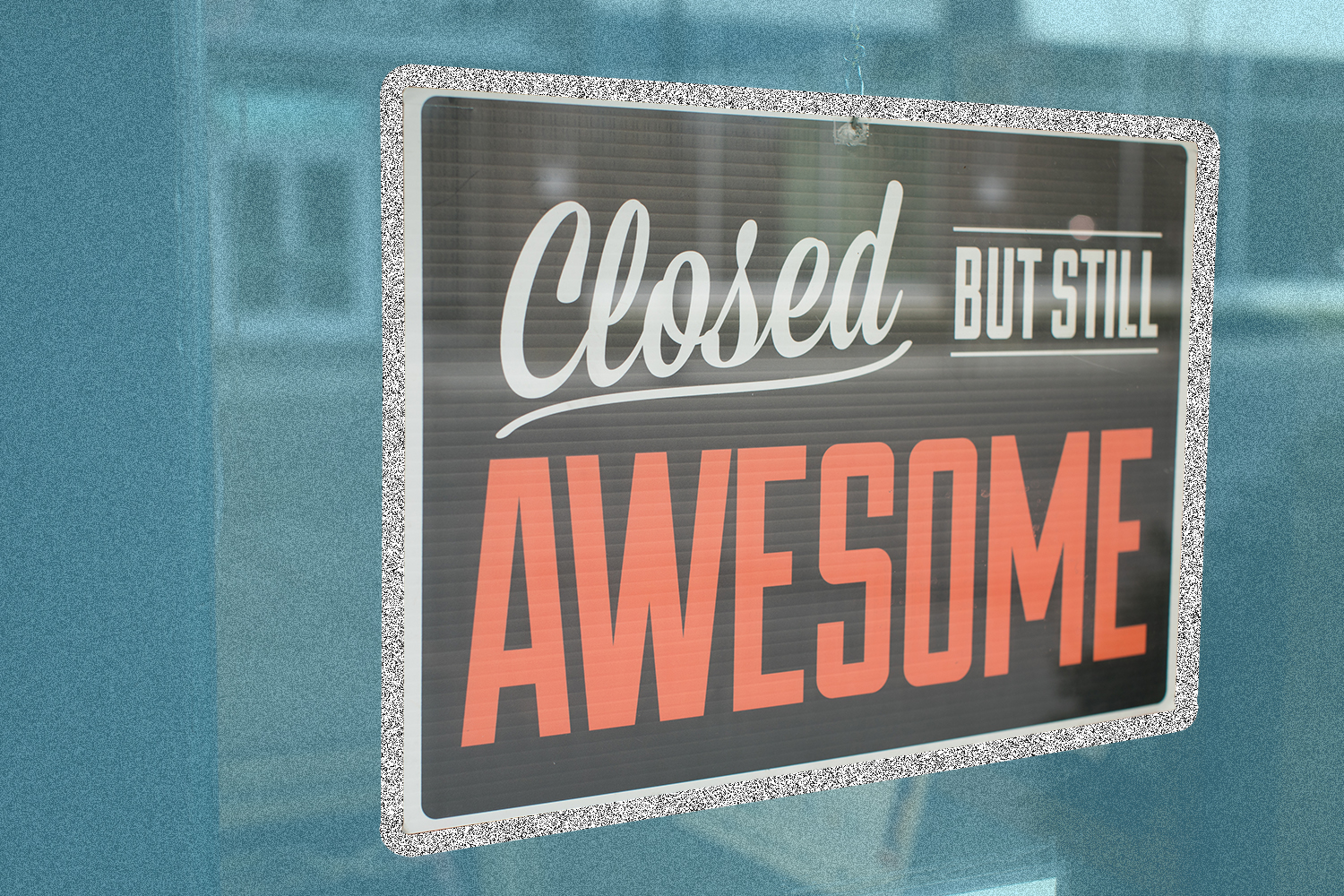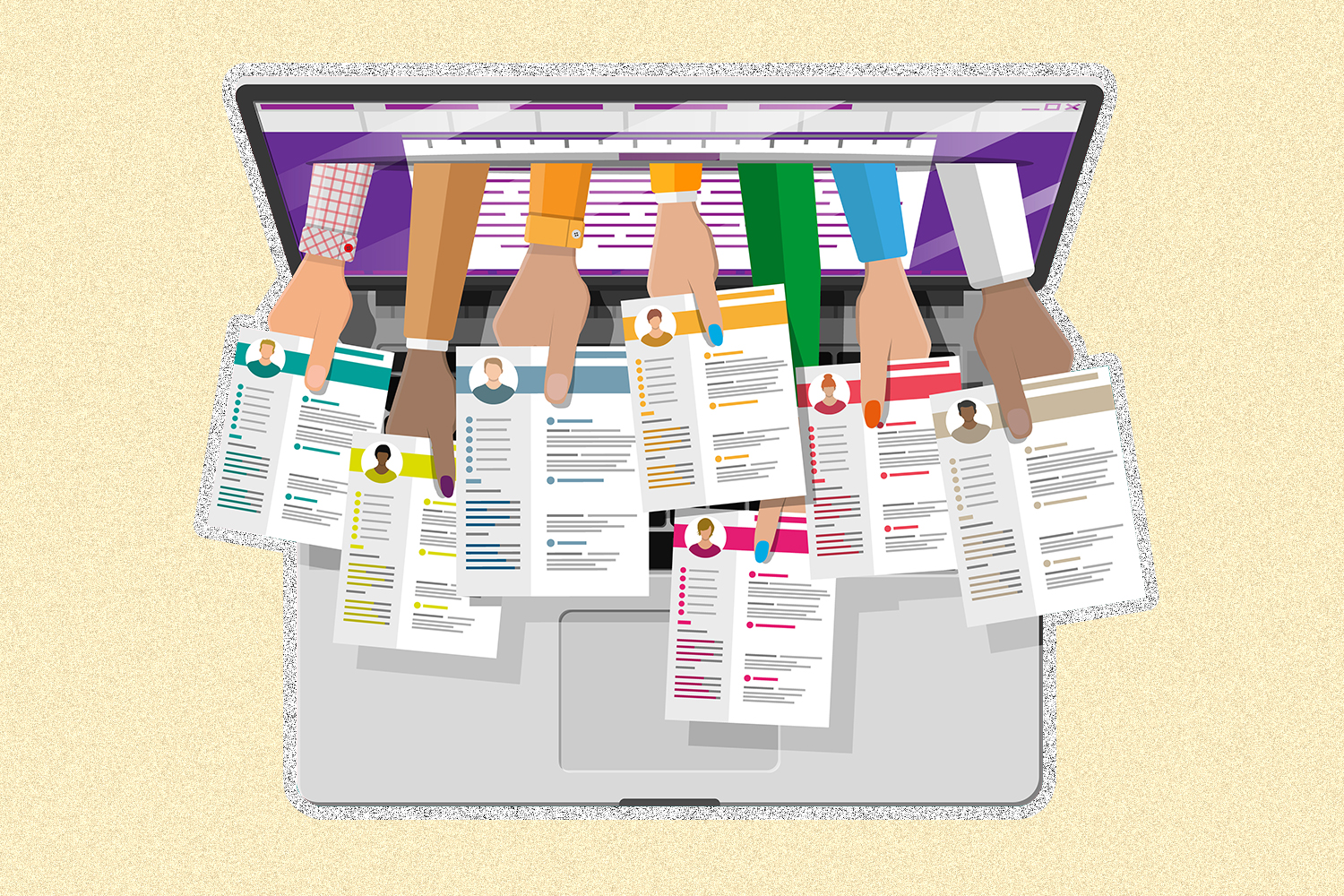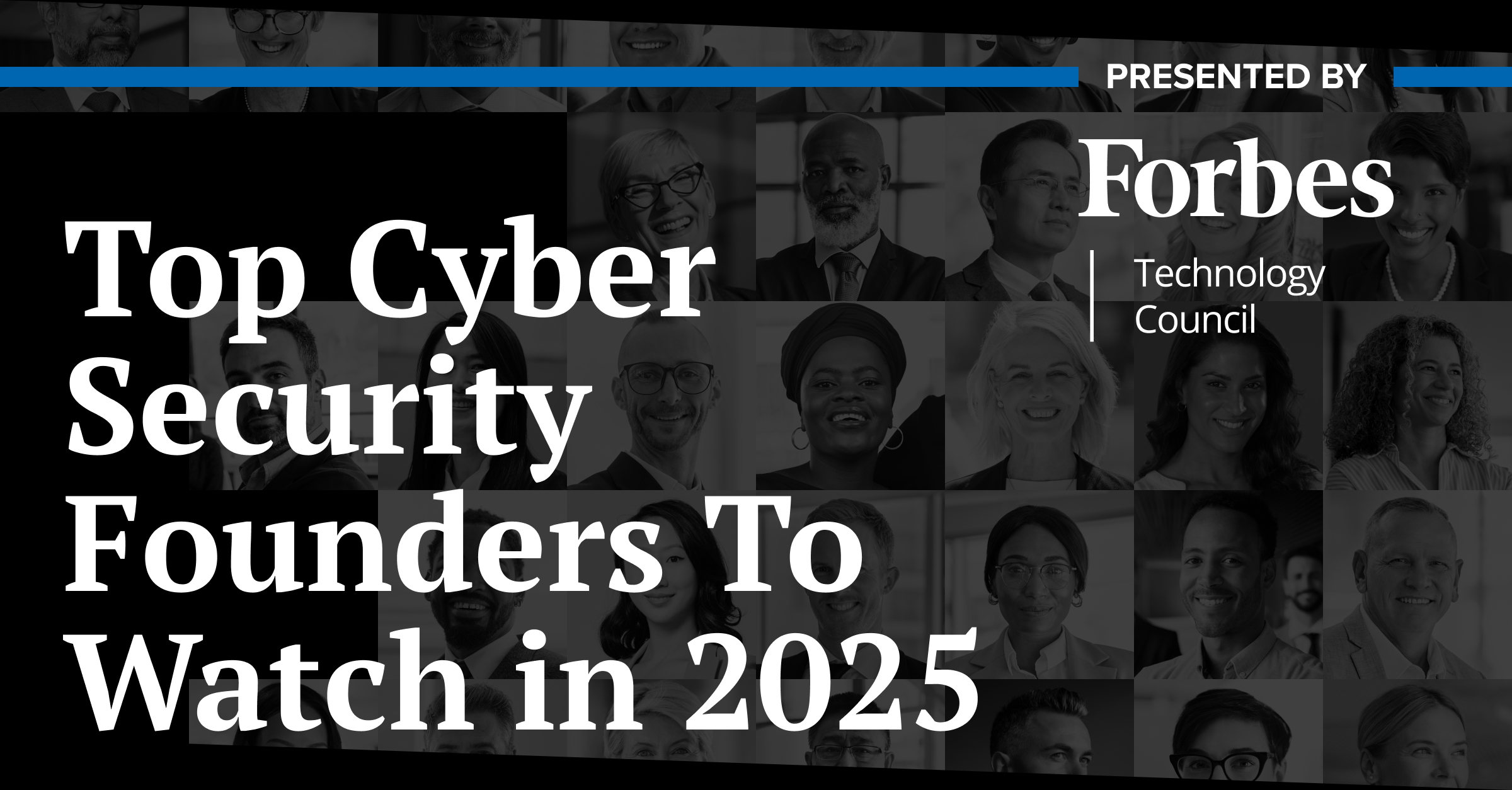With more than 3.7 million American Indians and Alaska Natives (AIAN) across the U.S. — a number projected to rise to 10.1 million by 2060 — DEI leaders like you should have a robust recruitment strategy for AIAN talent. Currently, there are more than 30,000 students and counting attending tribal colleges and universities. Although a fraction of students go on to work within their tribal communities, many others are seeking opportunities to start their corporate careers.
Senior Executive DEI spoke with industry and thought leaders, including Cheryl Crazy Bull, a member of the Sicangu Lakota nation and president and CEO of the American Indian College Fund, to understand how executives like you can better recruit Native American and Indigenous talent.
Here are five steps you can take to conscientiously and thoughtfully recruit Native American and Indigenous students and employees.
1. Educate yourself.
Talk to Native employees within your organization to understand how you can best uplift their communities, advises Crazy Bull. Additionally, do your own research to stay up-to-date on happenings in their community. The burden isn’t on the AIAN community to teach you, but on you to learn.
If you’re not sure where to start, Crazy Bull suggests nonprofits’ websites that offer a wealth of information, including This Is Indian Country, the American Indian College Fund, Native American Rights Fund, and First Nations Development Institute, which also provides literature and movies to easily familiarize yourself with Native American and Indigenous peoples’ culture and history.
2. Attend powwows to meet Native American community members.
Powwows are social events in which Native American communities gather to connect and dance while celebrating their culture. Since they’re open to the public, powwows are a spirited approach to building trust with Native American communities and meeting potential employees.
At Humana, Carolyn Tandy, senior vice president and chief diversity and inclusion officer, says she works with members from the health insurance company’s Native American and Indigenous network resource group (NRG) to build connections with tribes across regions. Part of those efforts includes setting up a tent and joining other vendors, nonprofits, and tribal service organizations at powwows.
“Relationship-building takes time in Native communities and our objective is to begin sharing the message that Humana cares about Natives’ communities and their health. We want to be a partner,” Tandy says.
Humana sponsored a booth at the Gathering of Nations Powwow in New Mexico in April 2023. To demonstrate its commitment, Humana ensures its booth at each powwow is always staffed with Native American and Indigenous employees. Depending on the region, employees from Humana’s diverse talent recruiting team in human resources may also attend.
“We engage with those stopping by, assess their degree of familiarity with Humana and share job opportunities,” Tandy says. “We also have leave-behinds with information to facilitate submitting applications.”
3. Donate to organizations that directly support Native American and Indigenous communities.
If your organization has the means, donations are also conducive to opening the door to a relationship with an Indigenous community. Consider donating to or becoming a corporate sponsor for the American Indian College Fund, which is led by Crazy Bull and provides scholarships for 4,000 American Indian students each year. Other organizations include First Nations Development Institute, Native American Rights Fund, and National Indigenous Women’s Resource Center.
“Make that initial contact with a monetary commitment or donation — something that shows you’re invested in the community that you’re trying to reach and not just siphoning off their talent with no expectation for return,” says Chang-hwan Boden, global lead of diversity and culture at Harvard Business Publishing.
For example, the MacKenzie Scott Foundation donated an unrestricted gift to the American Indian College Fund in 2021, and Kia America donated $1.8 million in 2022 to community organizations including the American Indian Services, which funds scholarships for underprivileged and underrepresented students. Additionally, during Native American Heritage Month in November 2021, Boeing donated $1.8 million to organizations supporting Indigenous communities across the nation.
4. Volunteer in Native American and Indigenous communities.
If you work for a smaller organization that doesn’t have the funding to make a monetary donation to a Native American community, consider creating a volunteer program. Boden adds ingraining yourself in Indigenous communities also shows your awareness of corporate social responsibility.
“It’s not just career fairs, it’s actually getting your hands dirty, going into communities, and doing the work,” Boden says, “Whether that’s volunteerism or a donation and from that, building a relationship to build your pipeline that way.”
For example, Humana’s Native American and Indigenous NRG is a council dedicated to creating healthier communities across the nation. Through the council and intersectionality across NRGs, Humana organized a drive to help communities impacted by COVID.
According to the U.S. Centers for Disease Control and Prevention, American Indian and Alaska Native individuals have the lowest life expectancy at 65.2 years compared to the average of 76.1 years. This health inequity was exacerbated by COVID, which is now the leading cause of death in American Indian and Alaska Native communities followed by heart disease and cancer.
“When the pandemic hit…we organized a mask drive to deliver masks to clinics and hospitals,” says Carole Gescheidle, clinical strategy and practice lead in the chief nursing office at Humana. “Because we have good working relationships with the other NRGs within our company, we were able to mobilize them…and join in donating masks.”
Gescheidle’s mother was born and raised on the Menominee Reservation in Wisconsin. At Humana, Gescheidle is the co-president of Humana’s Native American and Indigenous NRG.
Gescheidle also led the NRG council’s collaboration with a clinic in Arizona to run a diabetic foot care drive. Diabetes care is especially important in the AIAN community as Native Americans are two times as likely to be diagnosed with diabetes than any other racial group in the nation. The drive included setting up an Amazon page and sending socks and diabetic foot cream directly to community members.
Humana’s Women’s NRG has also collaborated with its Native American and Indigenous NRG to host a joint drive for tribes and women’s shelters. Additionally, Humana has created cards to include in food boxes for elder tribe members.
“That is another way of telling people, ‘Hey Humana is in your community, we care about you.’ When they went through the drive-thru and picked up their bags of food, they got an inspirational message from our committee,” Gescheidle says.
In addition to supporting healthcare needs of the AIAN community, Crazy Bull reiterates that tribe members are looking for employment pathways for community members. If your organization’s headquarters is located near a tribal community, get involved.
“It could be that you’re providing volunteer opportunities for your people to go to. It could be that you’re providing internship opportunities,” Crazy Bull says.
For example, the Smithsonian Institute offers a Natural History Research Experiences internship, the American Bar Foundation provides summer research fellowships in law and social sciences for minority students, and Nike, Inc. has a multi-year partnership with the Institute of American Indian Arts (IAIA) to provide educational and employment opportunities for IAIA students.
Based on the Office of Federal Contract Compliance Programs (OFCCP) and its Indian and Indian and Native American Employment Rights Program (INAERP), it isn’t an EEOC violation for federal contractors to prioritize Native American employment if they work on or near an Indian reservation. If this applies to you, make the effort to learn about nearby tribal communities and ensure you’re adding Native American and Indigenous talent to your pipeline.
5. Build relationships with Tribal Colleges and Universities.
There are 32 Tribal Colleges and Universities (TCUs) across the country with more than 30,000 students, and the number of American Indian and Alaska Natives earning degrees continues to increase each year. Most schools are located in the Midwest and Southwest, but despite where you’re located, there are innovative ways to recruit students.
One avenue is through career fairs. The American Indian College Fund hosts virtual career fairs. It also participates in the largest Native career fair, the American Indian Science and Engineering Society.
“Those are places where corporations, advisors, and teachers at tribal colleges and then students all have the opportunity to connect with each other…a corporation can showcase whether or not they’re able to provide students with that place where they can belong,” Crazy Bull says.
In addition to visibility, another part of helping students find where they belong is by offering mentorship and internship opportunities. Since Native American and Indigenous students don’t necessarily have access to traveling outside of their reservation, Crazy Bull and her team work to show them there’s a world full of opportunity by taking them on trips to places like Disney World and on tours of corporate headquarters.
“Part of the role of corporations and other employers is to find those students, make that acquaintance…and then help students figure out the path they can potentially take,” Crazy Bull says. “That’s really important, and that’s a reciprocal relationship that can be fostered.”
If you want to accomplish your goal of recruiting Native American college graduates, it’s imperative you show up with a diverse team. Like most students and graduates, Crazy Bull says Native people want to be seen. You’ll have the best chance at recruiting top talent if there are Native American and Indigenous employees on your boards, in leadership positions, and in public-facing roles. Native American recruits will be drawn to companies where they feel welcomed.
“That sense of belonging is strengthened if there’s an employee group that has status and resources,” says Crazy Bull. “People coming into the organization should feel like they have support coming into the organization. They have a place to turn in order to have that familiar and shared experience… Belonging is that visibility.”
Crazy Bull also recommends diversity leaders like yourself take a nuanced approach to recruiting Native students by understanding their many intersectional identities. She shared it wasn’t until recent years that she understood the complexity of Indigenous people. There are issues around gender discrimination, sexual identity, and religious affiliation. The matter was sharpened when Crazy Bull attended a conference where Native students at a caucus spoke about how they’ve been discriminated against for being gay and being Native.
“Their Indigenous identity is foundational, [but] they have other identities that are part of that,” Crazy Bull says. “In the workplace, that needs to be considered when looking at Indigenous peoples’ experiences.”






